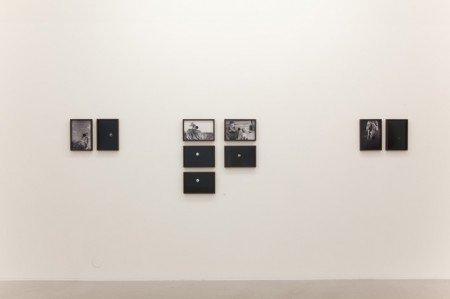
Installation view
Anna Barham, Ann Böttcher, Gerard Byrne, Spencer Finch, Karl Larsson ,
Martin Karlsson, Lisa Oppenheim, Christodoulos Panayiotou, Lisa Tan, Niels Trannois, Cecilia Edefalk
»Time's Arrow«
Stockholm, May 06, 2010 - June 24, 2010
Anna Barham UK Gerard Byrne IR Ann Böttcher SE Cecilia Edefalk SE Spencer Finch USA Martin Karlsson SE Lisa Oppenheim USA Christodoulos Panayiotou CY Lisa Tan USA Niels Trannois FR
Martin Amis’ novel Time’s Arrow is written in reverse chronology in which the narrator, together with the reader, experiences time passing backwards. The protagonist’s identity is slowly revealed to him as he goes back in time and becomes younger. In a similar way the exhibition brings together a group of artists who use and address history to better our understanding of “now” and “self”. Using diverse media, from collage and painting to lens-based techniques like photography and video, the artists approach the past. Through the works, the themes of pattern and repetition become apparent, building a rhythm, marking time, like a metronome.
The resonance of re-enactment is the focus of both Gerard Byrne and Martin Karlsson’s practice. Byrne’s project A country road. A tree. Evening… photographically hypothesizes the dramatic origins of Beckett’s Waiting for Godot, reconstructing the space of the archetypal Modernist play in historically specific locations. Karlsson documents the phenomenon of “live” museums and fake ruins in order to challenge our notions of history and authenticity. The practice of preserving and re-living the past becomes a utopian ideal of re-establishing our connections with nature.
Ann Böttcher and Christodoulos Panayiotou reveal the mechanisms through which identity is built, be it cultural, political or social. In Böttcher’s collage she makes visible the underlying ideology in the building of the Autobahn during the Third Reich. Panayiotou’s photographic diptych depicts a seat carved in a rock and the view from it at Belle-Ile, an island off the coast of Brittany. The seat was carved at the beginning of the 20th century at the request of the eccentric actress Sarah Bernhardt from which she could contemplate and recite poetry to the ocean.
Using the name of the ancient Roman city Leptis Magna Anna Barham investigates the anagram as poetry. The concept of the ruined Roman city is echoed as the letters that compose its name are moved as building blocks to create new constructions. Her video Proteus re-articulates ruins through language. Niels Trannois’s collage and painting, though abstractions, seem somehow to contain time. The themes of mythology, anthropology, history and poetry are obscurely present and inform his work.
The act of seeing and looking back connects the work of Cecilia Edefalk and Spencer Finch. Finch returns to historically significant or charged moments in either a private or historical scale. In Blind Spot he revisits the site of John F Kennedy’s assassination and addresses the relationship between the gap in visual perception and the gap in knowledge. Edefalk has for many years been concerned with themes of representation, seeing, memory, phases and repetition. Her painting depicts a face almost as a faint memory, perhaps from the Antique. As in Finch’s work the eye holds great significance. Here, the reflected glint on the eye suggests a window – a gaze out from the painting, but also our access in to the surface.
Lisa Oppenheim and Lisa Tan both appropriate and reconstruct existing cultural production. Oppenheim takes Walker Evans’s rejected negatives from his documentation for the Farm Security Administration’s (FSA) photographic archive in the U.S. Library of Congress. Taking the hole punched through the negative as the site of historical possibilities she replaces the missing detail with her own contemporary images. Tan alters the opening sequence of Melville’s film classic “Le Samouraï” (1967) by adding one more finch to the cage in which the assassin’s only companion is enclosed. The simple gesture foils the film’s evaluation of isolation and interiority, while it fictitiously modifies an occurrence within historical reality.
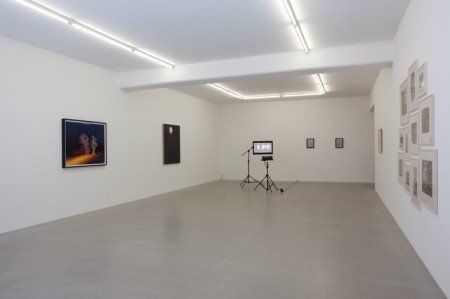
Installation view
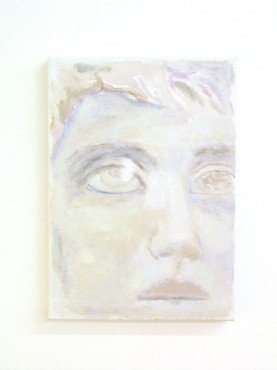
Cecilia Edefalk, To view the Reflection, 2002, oil on canvas, 28 x 20 cm
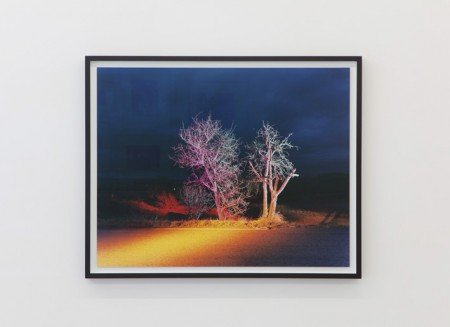
Gerard Byrne, Route á la Campagne, avec Arbre. Soir, 2008, Fuji Crystal Archive Print, 88 x 110 cm
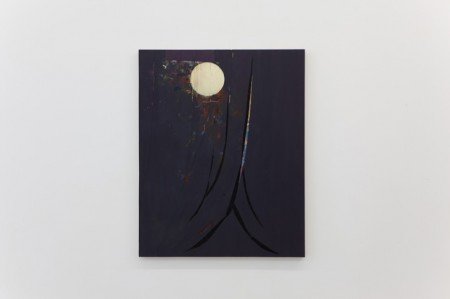
Niels Trannois, Theft lovers (when Panda bear came to its end), 2009, oil and xerox copy on wood, 99x 124 cm

Lisa Tan, Les Samourais, 2010, single channel video, lightstands, painted wood, projector, 3 min 36 seconds, sound
Jean-Pierre Melville's studio burned down while filming Le Samouraï (1967). The protagonist in the film is an assassin who lives in a spare and monochromatic room with a caged bird—a small, talkative finch. Together, they live a solitary existence. The bird was the only casualty in the studio fire. It is a minor and sentimental fact in the history of French cinema.
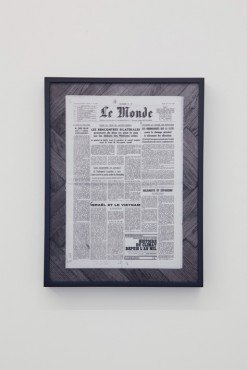
Lisa Tan, Le Monde June 29, 1967, 2010, c-print, framed in artist's frame, diptych: 28 x 36.5 cm famed (each)
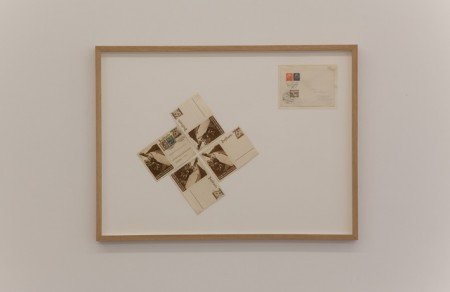
Ann Böttcher, Offizielle Fenster II (Der Umgang mit Mutter Grün), 2008, collage on paper, 58.5 x 78.5 cm
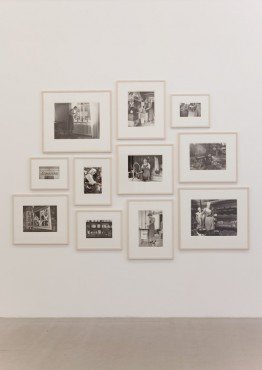
Martin Karlsson, installation view
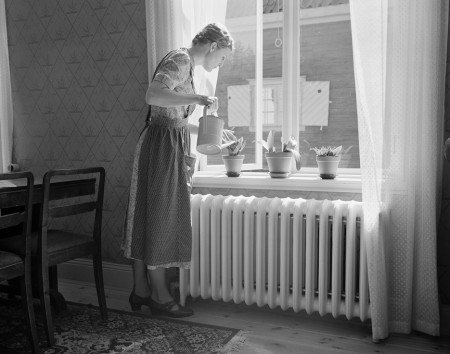
Martin Karlsson, järnhandlarens bostad / The Ironmonglers apartment, 2007, silvergelatine print developed by the artist, 40 x 50 cm
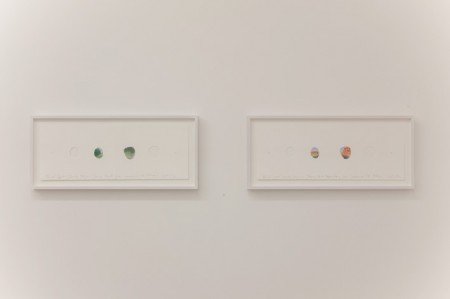
Installation view
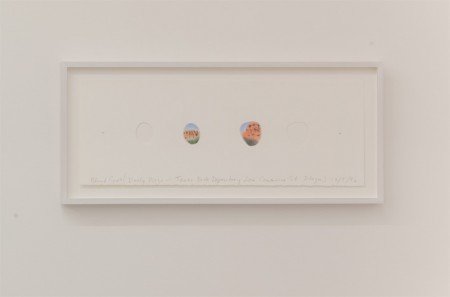
Spencer Finch, Blind Spot (Dealy Plaza - Texas Book Depository from Commerce St. Plaza) 12/5/96, 1996, watercolour on paper, 40.5 x 69 cm
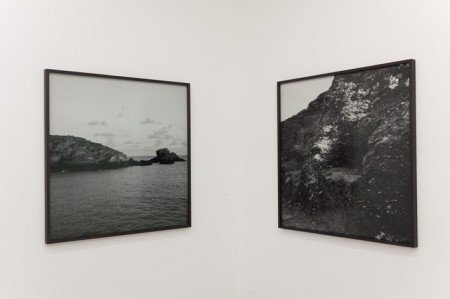
Christodoulos Panayiotou, Le Fauteuil de Sarah Bernhardt, 2008, diptych, b/w photo, 130 x 130 cm each Edition 3 of 5 + 1 AP
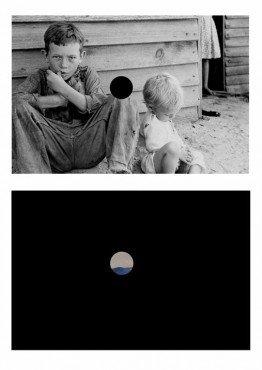
Lisa Oppenheim, Killed Negatives - After Walker Evans (Boy and Babe), 2007, c-prints, wooden frames, museum glass, diptych, 22 x 32 cm each, Edition of 4 + 1 AP
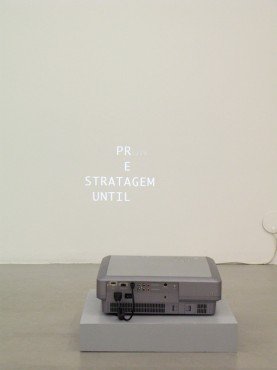
Anna Barham, Proteus, 2010, DVD projection, 70 second loop
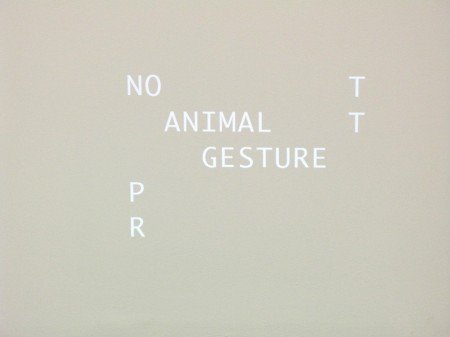
Anna Barham, Proteus, 2010, still
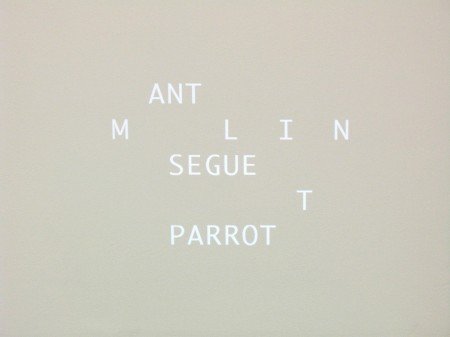
Anna Barham, Proteus, still
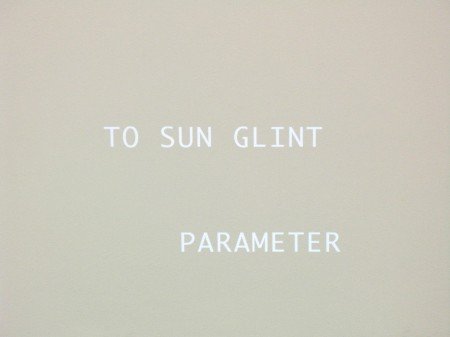
Anna Barham, Proteus, 2010, still